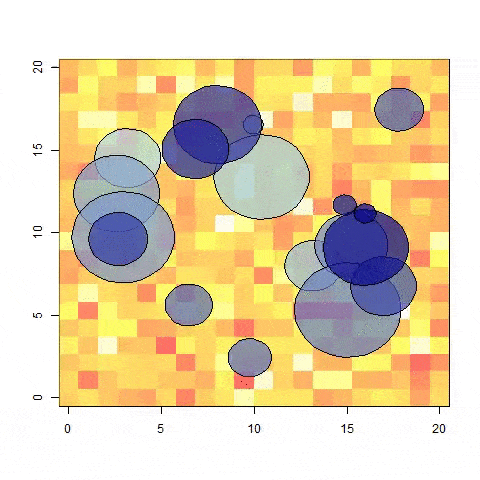我使用R语言创建了一系列图像,运行时间很长。我想使用animation包来制作视频,而无需重新运行分析过程。
我找不到使用现有文件中的图像的示例。最接近的是Yihui Xie的演示('flowers'),用于创建HTML动画。我更改了他的代码,成功地制作了花朵图像的mp4,但我不确定如何访问已经存在于文件中的图像。
根据他的代码,应该是这样的:
我找不到使用现有文件中的图像的示例。最接近的是Yihui Xie的演示('flowers'),用于创建HTML动画。我更改了他的代码,成功地制作了花朵图像的mp4,但我不确定如何访问已经存在于文件中的图像。
根据他的代码,应该是这样的:
library(animation)
oopts = if (.Platform$OS.type == "windows") {
ani.options(ffmpeg = "C:/Software/ffmpeg/ffmpeg-20151015-git-0418541-win64-static/bin/ffmpeg.exe")}
#My list of images from disk
extList = list.files(myDir, pattern='.jpg', full.names=T)
saveVideo({
for (i in 1:length(extList)) {
#Yihui Xie's example downloads jpegs from web
#This code works to make an mp4 but I want to use images from disk
#extList = c('http://i.imgur.com/rJ7xF.jpg',
# 'http://i.imgur.com/Lyr9o.jpg',
# 'http://i.imgur.com/18Qrb.jpg')
#download.file(url = extList[i], destfile = sprintf(ani.options('img.fmt'), i), mode = 'wb')
someFunctionToAccessImage(extList[i])
}
}, video.name='notFlowers.mp4',
use.dev = FALSE,
ani.type = 'jpg',
interval = 2,
single.opts = "'dwellMultiplier': 1")
额外问题 - 我能使用PNG或其他图像类型实现这一点吗?
